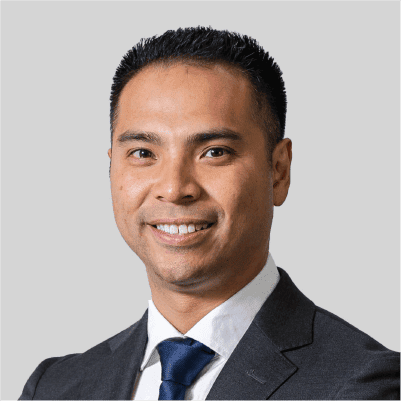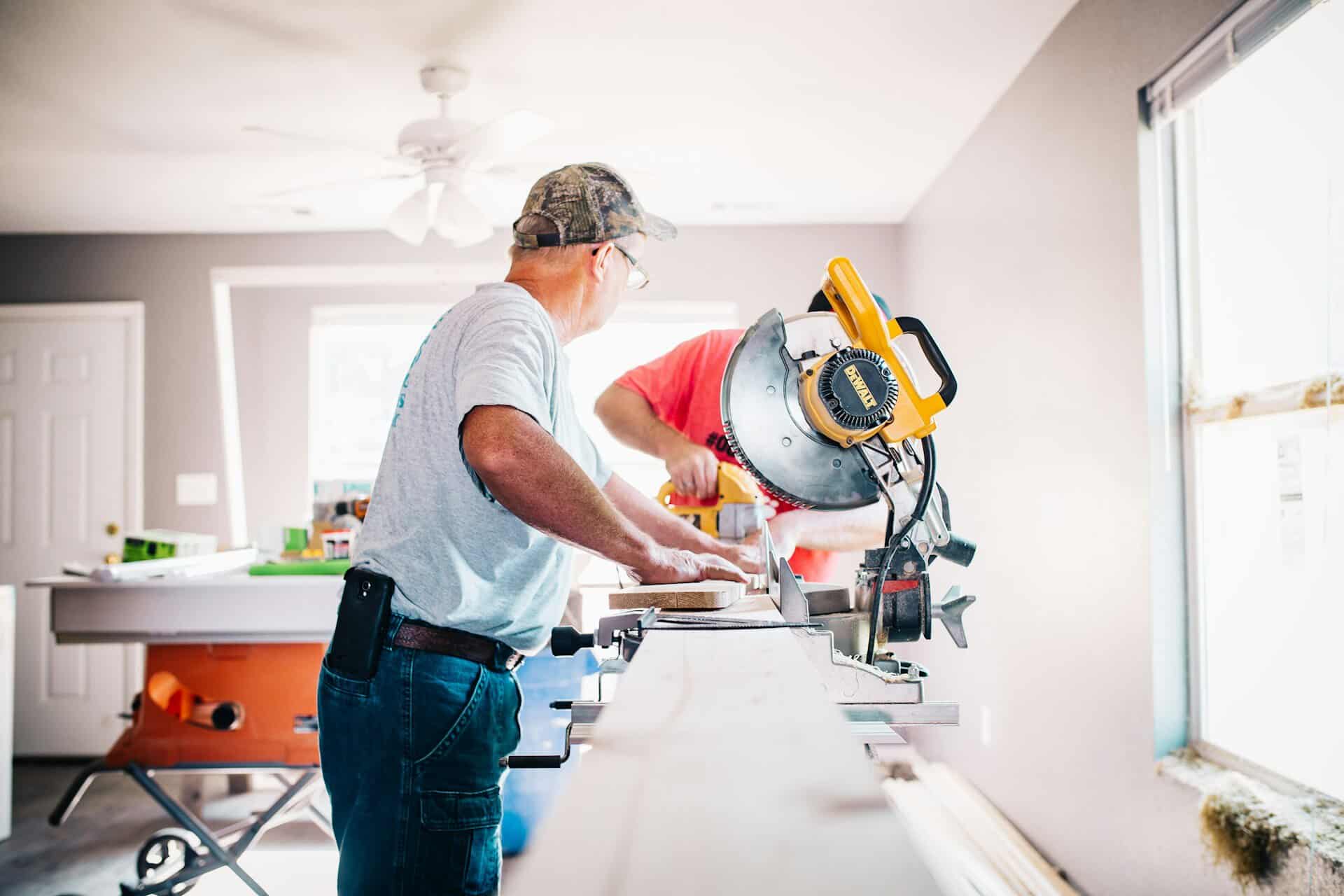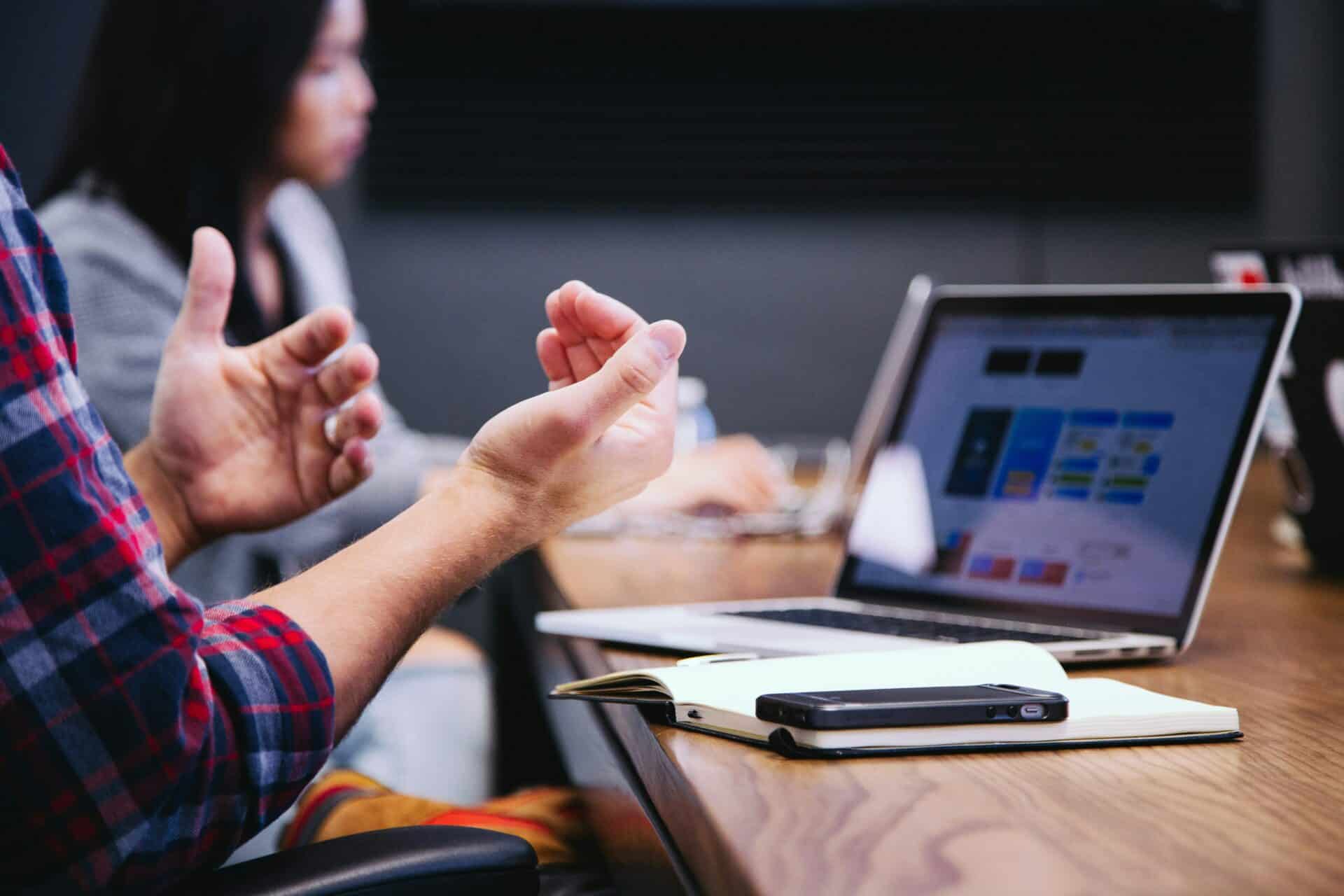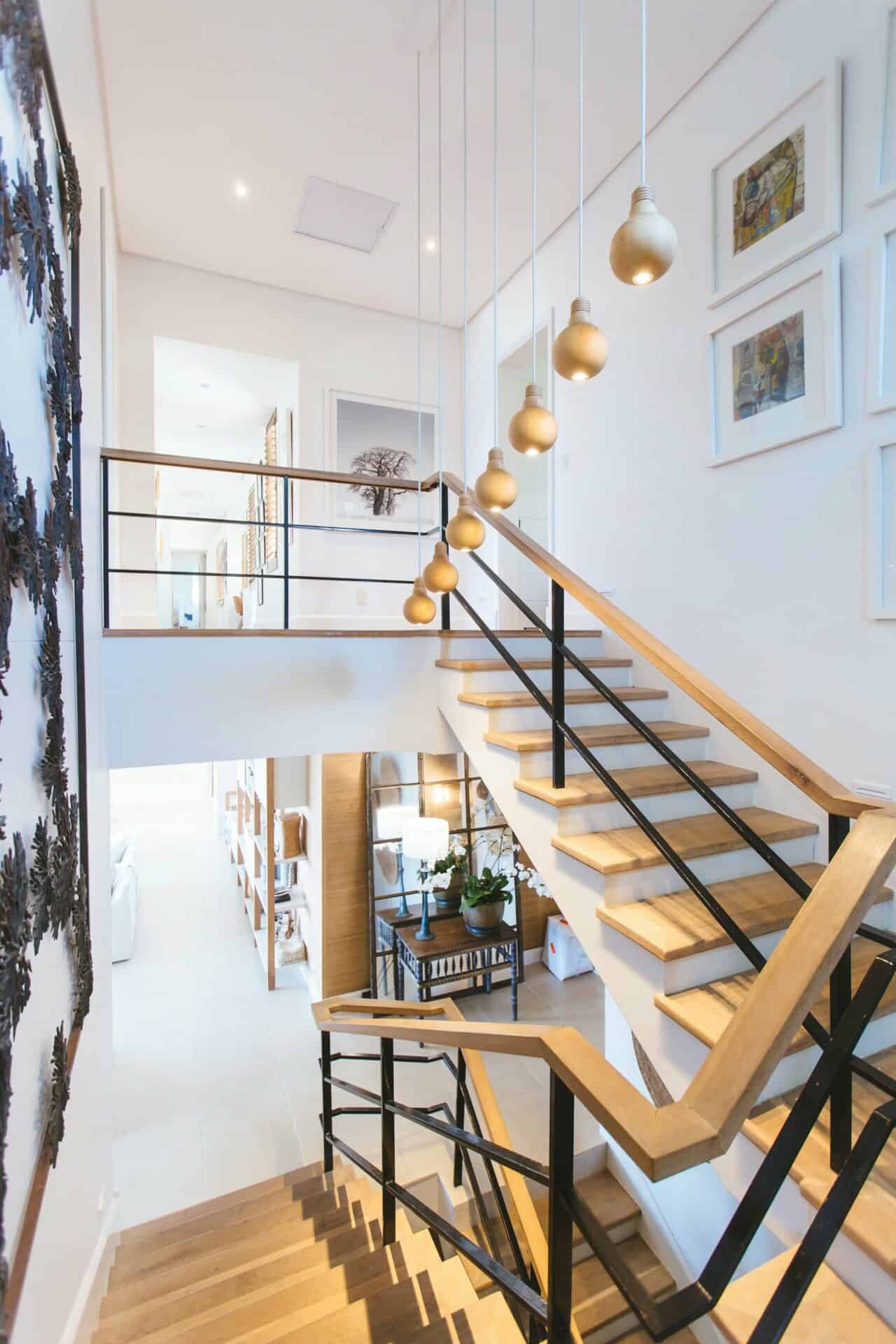There is no doubt that the construction industry is doing its best to maintain momentum through this period to support economic recovery.
However, the building sector, in general, is still experiencing a significant price increase in building materials, particularly when it comes to steel and timber products, due to sourcing and shipping constraints.
There are three main causes of building price inflation:
- First, the Black Summer Bushfires in 2019/2020 destroyed a large amount of local hardwood and softwood.
- Previously, Australia imported 25% of its timber. That has become tricky to navigate due to the shipping constraints brought about by the pandemic.
- And due to the Government Home Builder Scheme, there is a higher demand for materials because of new builds, but a low supply of materials.
Beyond the supply shortages, labour issues are causing building projects to stall, which is significantly impacting when the build is actually completed.
Nonetheless, this does not mean that all builders are struggling with this and you should consult your builder of choice to gain more accurate information based on your building project.
Here’s what you can expect from building cost price increases.

Adelaide
South Australia’s building and construction industry is still maintaining momentum in supporting the state’s economic recovery. However, due to the shipping constraints and labour issues, the government has allocated funding to facilitate skills training and apprentice support so that the construction industry can meet its skills shortages and focus on sustainability going forward.
If you decide to build or renovate, you’ll probably see that the building contracts are starting to include certain qualifications relating to the building programme because builders have very little control over the supply shortages and labour issues.
| Building Materials | Price Increase |
| Bar reinforcement | 10% |
| Brickwork Labour | 5% – 10% |
| Brickwork Supply | 3% – 5% |
| Concrete | 5% – 8% |
| LVL, Laminated Beams | 15% |
| Plasterboard Accessories | 6% |
| Reinforcing Steel | 30% – 35% |
| Structural Steel | 35% – 50% |
| Timber Supply | 80% – 50% |
Brisbane
Building contractors are still submitting offers to complete work, so the tender activity levels in the construction industry are strong, and there is no sign that that is going to change in the coming months.
However, the uncertainty around the supply and demand of building materials impacts how long the building project will take. So, you’ll likely see extensions to contract durations to accommodate extended lead times.
| Building Materials | Price Increase |
| Aluminium doors and windows | 17% |
| Timber framing | 15% |
| PVC supply | 20% |
| Roofing and purlins | 10% |
| Concrete | $10/cum |
| LVL, Laminated Beams | 15% |
| Plasterboard | 4% |
| Reinforcing Steel | 10% |
| Structural Steel | 17% |
Canberra
The cost of timber and steel products have significantly increased since March 2021 due to overseas demand. Although it’s starting to look like the supply problems are becoming more manageable, a new price benchmark has definitely been set. In other words, if you’re thinking of building, you’ll have to consider the price differences.
Another thing to note is that apartment block building projects are thriving because of the significant buyer demand and low interest rates. And while this is great for economic recovery, it has become pretty difficult to find reasonably priced builders for other projects.
So, you’re going to end up paying higher building costs and material costs.
| Building Materials | Price Increase |
| Blockwork | 5% |
| Brickwork | 5% |
| Concrete | 7% |
| Timber Supply | 45% |
| Reinforcing Steel | 25% |
Hobart
Unfortunately, along with the general material price increases, contractors are hard to come by – so there is quite a bit of pressure on tender pricing. In other words, you’re likely going to pay high building costs.
It’s great for the economy to have the housing sector busy, but with contractors fully booked until next year, you can expect contractor-availability issues for a while.
So, there are limited opportunities to take on new projects in the short-medium term.
| Building Materials | Price Increase |
| Timber Supply | 15% |
| Reinforcing Steel | 20% |
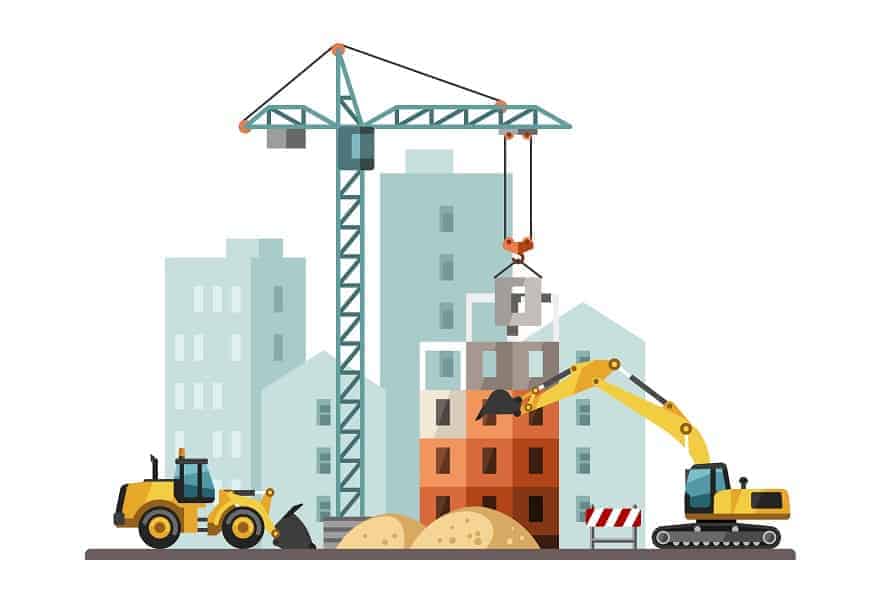
Melbourne
Due to the housing boom, it looks like the high level of activity within the infrastructure sector will continue into the next quarter. However, the construction industry continues to endure the COVID-19 restrictions.
And due to a lack of skilled labour and availability of critical materials, the effects of increased prices will likely be realised in the coming quarters.
| Building Materials | Price Increase |
| Timber Supply | 10% – 15% |
| Reinforcing Steel | 10% – 15% |
| Concrete | 5% – 10% |
| Structural Steel | 10% – 15% |
Perth
Industry pressures such as stimulus packages and material supply issues have pushed up contractor tender prices quite a bit. And with mining being the cornerstone of the Western Australian economy, the construction industry pricing will continue to rise.
However, Perth’s lower residential price point has become a key attractor for interstate economic growth.
| Building Materials | Price Increase |
| Brickwork Labour | 30% – 50% |
| Fabric Reinforcement | 50% |
| Formwork | 5% – 10% |
| Structural Steel | 25% |
| Timber Supply | 35% |
Sydney
Thanks to the range of policies in place before the June lockdown, the construction industry continued to grow throughout all sectors in Sydney.
However, the recently increased border restrictions and lockdown have influenced the supply chains and the import time frames, driving more price increases and causing delays in project delivery.
Fortunately, with the ease of local restrictions looming and the reopening of borders, the sector’s confidence level is likely to recover.
| Building Materials | Price Increase |
| General Labour | 6.5% |
| Concrete | 2.5% |
| Brickwork Labour | 5.5% |
| Blockwork | 3% |
| Brickwork | 3% |
| Timber Supply | 5% |
Key Takeaways
The Australian construction industry has experienced a period of unprecedented growth in recent years, driven by demand for new homes that is outrunning supply. This trend looks set to continue as prices grow above inflation levels due to shortages with labour and materials – limiting building projects across all major markets nationwide.
In the wake of COVID-19, many global supply chains have come to a grinding halt. This has had major consequences for both material delivery and pricing. Coupled with state border closure, significant labour shortages are resulting in delayed project times.
While contractors seem to be absorbing the price increases, if they continue to rise, it’s unlikely that they will be able to sustain the absorption. So, if you are considering building a new property, it’s worth taking into account that there is likely to be a significant increase in project costs over the next few quarters.
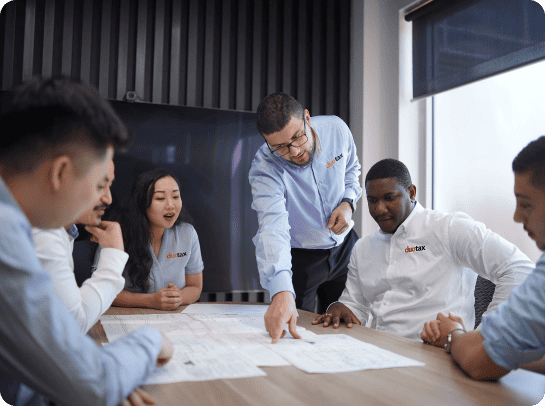
Ready to get started?
Talk to one of our friendly property experts to get a free quote or more Information.

